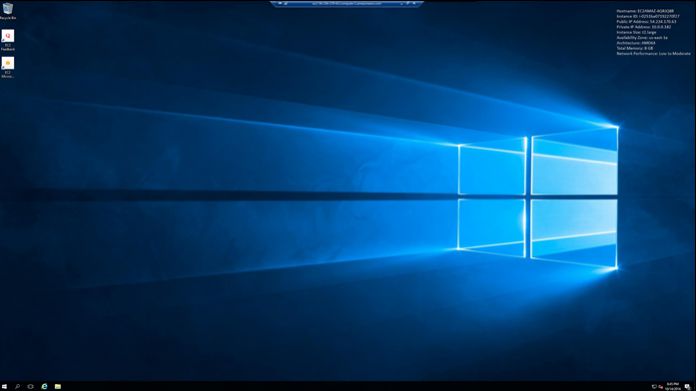Microsoft has plenty of plans in store for Windows Server through the release of Windows 10 20H1. According to a recent blog post, the company details improved performance for PowerShell. Furthermore, Microsoft has other changes afoot, including a smaller container size.
Windows Server will get a new update through the first half of 2020. As such, Microsoft is moving it in line with its Windows 10 upgrade, which is 20H1.
In its blog post, Redmond points out PowerShell will get a performance increase of 30 percent. Moreover, Windows Server will also receive a 40 percent smaller container base image size.
“This [reduced container size] should be a big win for scaling applications in production, CI/CD [continuous integration/continuous development], and any other workflow that benefits from faster startup or pulls uncached images,” the announcement says.
It is worth noting Windows Insiders are already experiencing the lower container size for Windows Server Core. Microsoft says the reduced size is available through the Docker Hub on the Insider page.
Coming Soon
Looking at the Insider situation, it looks as though Windows Server’s next upgrade is mostly finalized. Certainly, we don’t expect any new features or improvements to be added.
However, we will still have to wait for Microsoft to officially release Windows Server 20H1. That should happen alongside the release of Windows 10 20H1 in May.
Finally, Microsoft says the new Windows Server version will have the following guidance for container users:
- If you are using .NET Framework applications with Windows containers, including Windows PowerShell, use a .NET Framework image.
- If you are not using .NET, use the Windows Server Core base image, or another image derived from it.
- If you need better startup performance than the .NET Framework runtime image has to offer, we recommend creating your own images with your own profile of NGEN images. This is considered a supported scenario, and doesn’t disqualify you from getting support from Microsoft.





